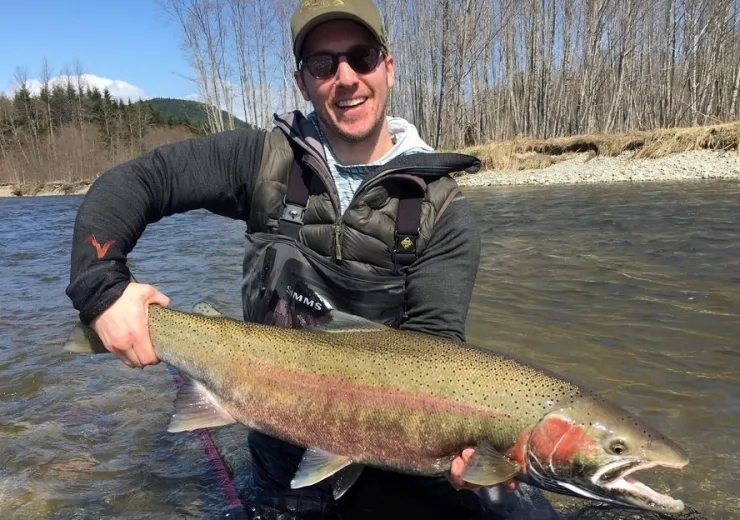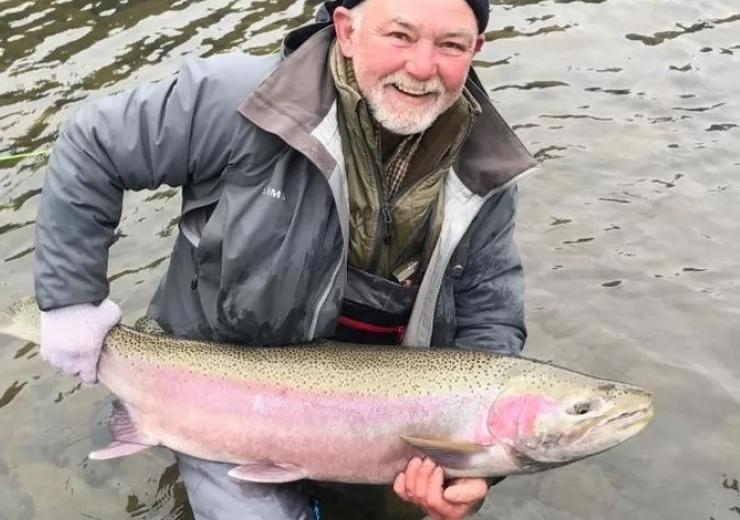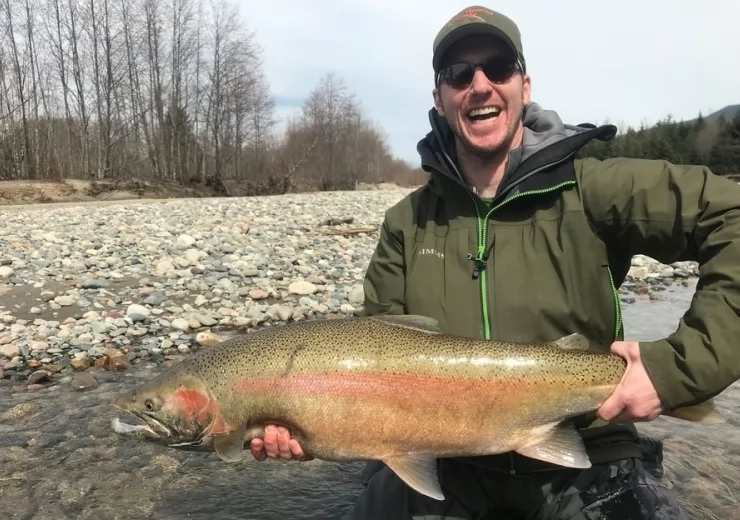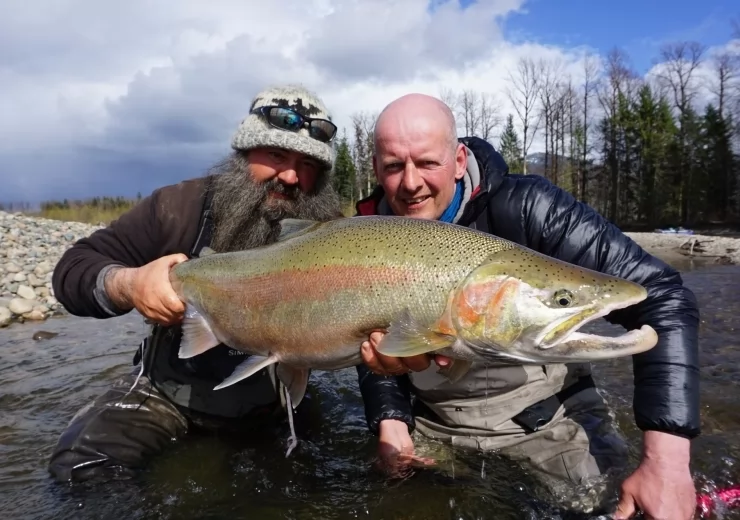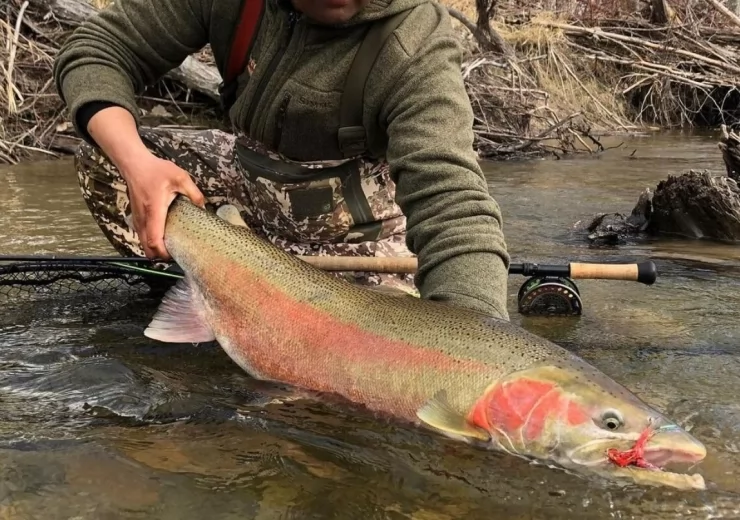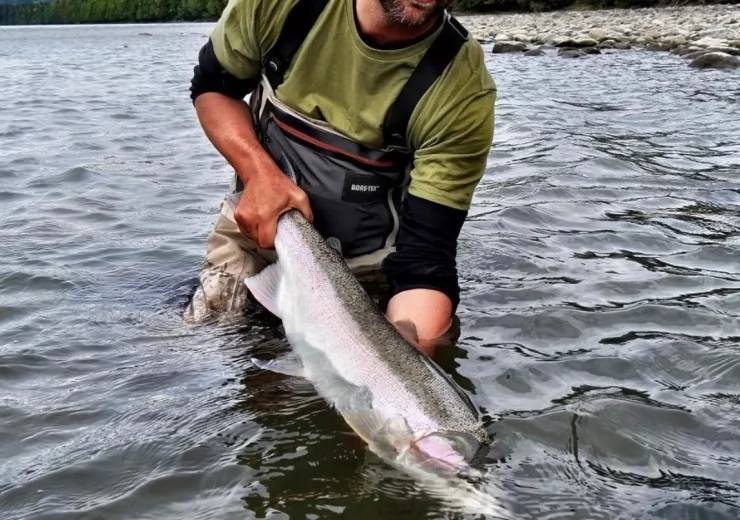INTRODUCTION
Introduction
Steelhead Trout is a name given to the anadromous form of the coastal rainbow trout or redband trout.
The steelhead are native to freshwater and ocean environments across North America, but have been introduced to every other continent except Antarctica.
Steelhead use aquatic obstructions like vegetation, boulders, and fallen trees as protection. Also they migrate to spawn during the summer months and the winter months.
The freshwater form of the steelhead trout is the rainbow trout. The difference between these forms of the species is that steelhead migrate to the ocean and return to freshwater tributaries to spawn, whereas rainbow trout do not leave freshwater. Steelhead are also larger and less colorful than rainbow trout. Steelhead can weigh up to 55 pounds (26 kg) and reach 45 inches (114 cm) in length. They can live up to 11 years and spawn multiple times. The body of the steelhead trout is silvery and streamlined with a rounder head. There are black dots and a red or pink stripe running down the side of the fish horizontally. This silver color and round head is what gives the steelhead its name.
A number of distinct population segments of steelhead trout are endangered or threatened across the United States, mostly caused by the blocking of waterways by the construction of dams. Human interaction has had considerable consequences on reducing the population of steelhead trout.
- Steelhead trout are the same species as rainbow trout but have different lifestyles.
- Steelhead can be grouped into winter and summer ‘runs,’ depending on when adults return to freshwater.
- Steelhead trout are anadromous, meaning they spend part of their lives migrating to, from, and within the ocean. Unlike Pacific salmon, steelhead may spawn several times before they die.
- Young steelhead feed primarily on zooplankton. Adults feed on insects, mollusks and crustaceans, fish eggs and small fish (including trout).
- Some steelhead will stay in freshwater and never migrate to the ocean. Those are known as ‘resident’ trout. Sometimes offspring of resident trout become steelhead and head to the ocean!
- Steelhead are often called the ‘fish of a thousand casts’ because they are so hard to catch!

